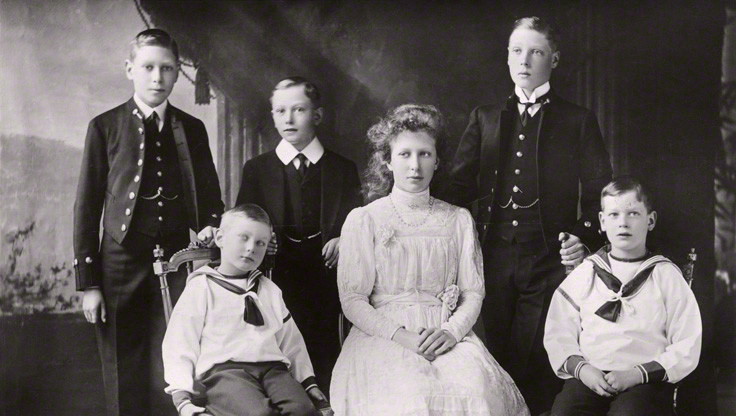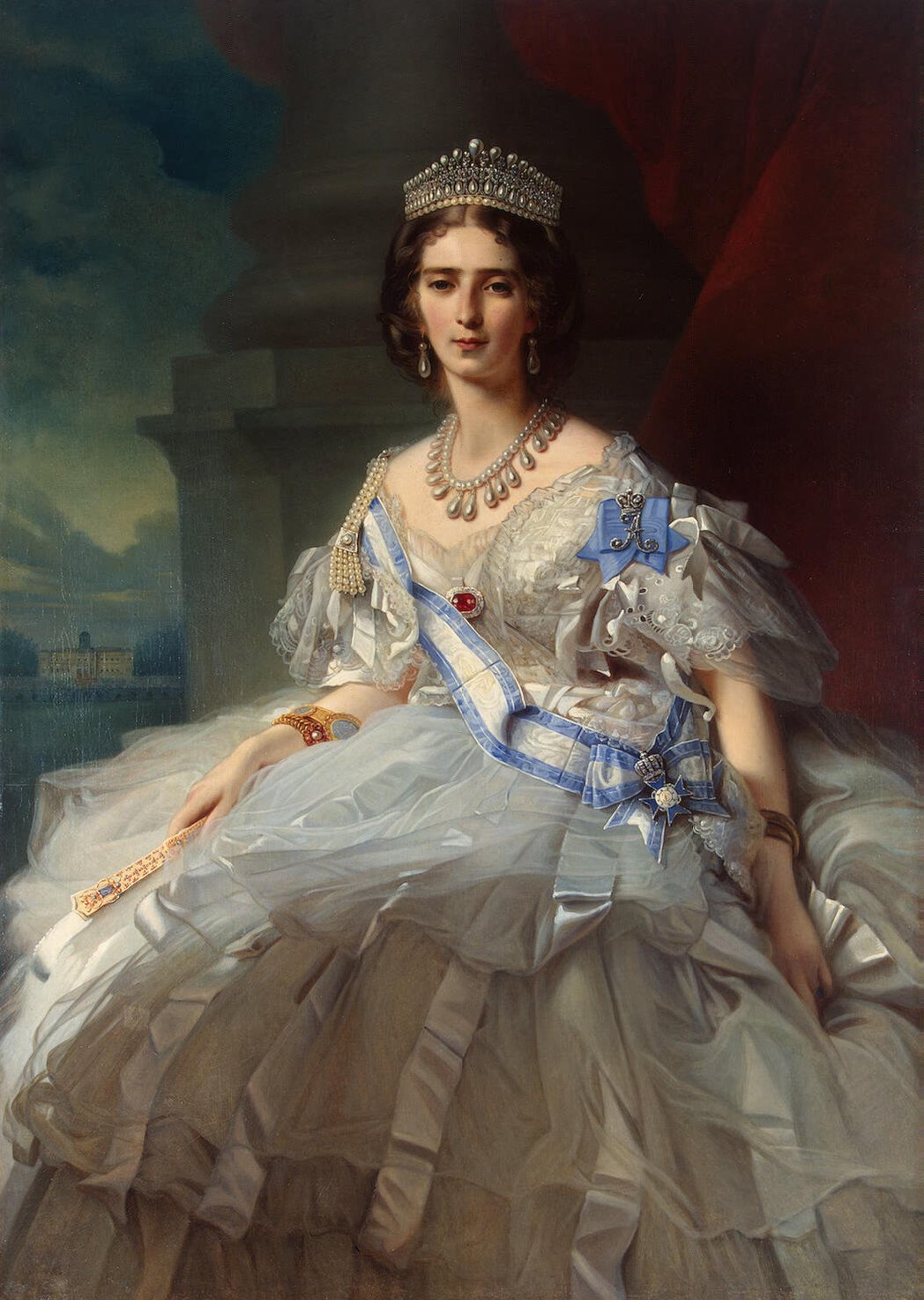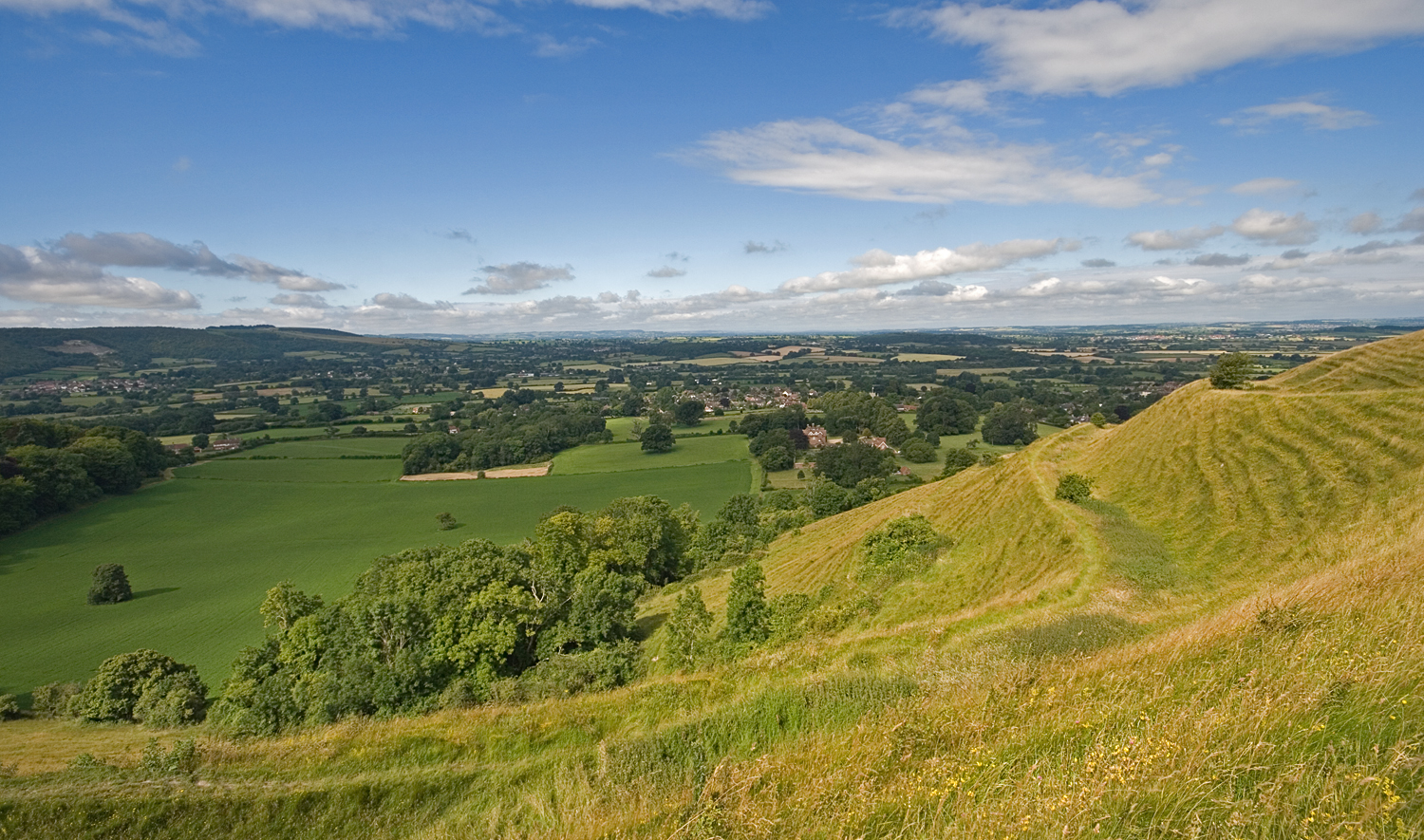|
Mary Colvin
Brigadier Dame Mary Katherine Rosamund Colvin (25 October 1907 – 23 September 1988) was a director of the British Army Women's Royal Army Corps (WRAC) and president of the British Horse Society. Family Colvin was born into a military family, one of four children and the only daughter of the Boer War veteran Lt. Col. Forrester Farnell Colvin (CBE, MC, DL; died 16 February 1936) and Isabella Katherine McClintock-Bunbury (28 December 1874 — 30 March 1963), who married on 26 July 1894. They lived at Morley House, Shermanbury Grange, Brighton Road, Shermanbury, Horsham, West Sussex. She was a cousin of Michael Colvin, a Conservative M.P.Bunbury family genealogy site turtlebunbury.com; accessed 1 April 2016. Career Colvin tr ...[...More Info...] [...Related Items...] OR: [Wikipedia] [Google] [Baidu] |
Shermanbury
Shermanbury is a village and civil parish in the Horsham District of West Sussex, England. It lies on the A281 road approximately north of Henfield. The present day village consists mainly of a ribbon development of bungalows on the east side of the A281, while the ancient parish church is to the east by Shermanbury Place. Between these is Ewhurst Manor, a 16th-century house on an old moated site with a 14th-century stone gatehouse and nearby artificial lake and farmstead. The eastern River Adur flows through Shermanbury, where it is met by the Cowfold Stream. The Normal Tidal Limit is at the footbridge near the church although a weir further downstream means only the highest tides reach this far. Boats could reach Mock Bridge (where the A281 crosses the river) until the early 1800s. The parish has a land area of 775 hectares (1,915 acres). In the 2001 census 454 people lived in 182 households of whom 253 were economically active. The population at the 2011 Censu ... [...More Info...] [...Related Items...] OR: [Wikipedia] [Google] [Baidu] |
Auxiliary Territorial Service
The Auxiliary Territorial Service (ATS; often pronounced as an acronym) was the women's branch of the British Army during the Second World War. It was formed on 9 September 1938, initially as a women's voluntary service, and existed until 1 February 1949, when it was merged into the Women's Royal Army Corps. The ATS had its roots in the Women's Auxiliary Army Corps (WAAC), which was formed in 1917 as a voluntary service. During the First World War its members served in a number of jobs including clerks, cooks, telephonists and waitresses. The WAAC was disbanded after four years in 1921. Prior to the Second World War, the government decided to establish a new Corps for women, and an advisory council, which included members of the Territorial Army (TA), a section of the Women's Transport Service (FANY) and the Women's Legion, was set up. The council decided that the ATS would be attached to the Territorial Army, and the women serving would receive two thirds the pay of male sold ... [...More Info...] [...Related Items...] OR: [Wikipedia] [Google] [Baidu] |
Katharine Furse
Dame Katharine Furse, ( Symonds; 23 November 1875 – 25 November 1952) was a British nursing and military administrator. She led the British Red Cross Voluntary Aid Detachment force during the First World War, and served as the inaugural Director of the Women's Royal Naval Service (1917–19). Furse was also the first Director of the World Association of Girl Guides and Girl Scouts (1928–38). Early life and family Furse was born in Bristol, England, on 23 November 1875, the daughter of poet and critic John Addington Symonds and Janet Catherine North. Her aunt was the painter Marianne North. Educated by governesses and her mother, Furse spent most of her early life in Switzerland and Italy. In the last quarter of 1900, Furse married the painter Charles Wellington Furse at St George's, Hanover Square, London; her husband died in October 1904 aged 36, leaving her with two young sons: Peter Reynolds Furse, b. Farnham, Q4 1904 and Paul Furse, b. Farnham, Q4 1904. Military care ... [...More Info...] [...Related Items...] OR: [Wikipedia] [Google] [Baidu] |
The National Archives (United Kingdom)
, type = Non-ministerial department , seal = , nativename = , logo = Logo_of_The_National_Archives_of_the_United_Kingdom.svg , logo_width = 150px , logo_caption = , formed = , preceding1 = , dissolved = , superseding = , jurisdiction = England and Wales, HM Government , headquarters = Kew, Richmond, Greater London TW9 4DU , region_code = GB , coordinates = , employees = 679 , budget = £43.9 million (2009–2010) , minister1_name = Michelle Donelan , minister1_pfo = Secretary of State for Digital, Culture, Media and Sport , minister2_name = TBC , minister2_pfo = Parliamentary Under Secretary of State , chief1_name = Jeff James , chief1_position = Chief Executive and Keeper of the Public Records , chief2_name = , chief2_position = , chief3_name = , chief3_position = , chief4_name = , chief4_position = , chief5_name = , chief5_position = , agency_type = , chief6_name = , chief6_position = , chief7_name = , chief7_position = ... [...More Info...] [...Related Items...] OR: [Wikipedia] [Google] [Baidu] |
Princess Royal
Princess Royal is a substantive title, style customarily (but not automatically) awarded by a United Kingdom, British monarch to their eldest daughter. Although purely honorary, it is the highest honour that may be given to a female member of the royal family. There have been seven Princesses Royal. Anne, Princess Royal, Princess Anne became Princess Royal in 1987. The style ''Princess Royal'' came into existence when Henrietta Maria of France, Queen Henrietta Maria (1609–1669), daughter of Henry IV of France, Henry IV, King of France, and queen-consort, wife of Charles I of England, King Charles I (1600–1649), wanted to imitate the way the eldest daughter of the King of France was styled "Madame Royale". Thus Mary, Princess Royal and Princess of Orange, Princess Mary (born 1631), the daughter of Henrietta Maria and Charles, became the first Princess Royal in 1642. It has become established that the style belongs to no one by right, but is given entirely at the sovereign's d ... [...More Info...] [...Related Items...] OR: [Wikipedia] [Google] [Baidu] |
Mary, Princess Royal And Countess Of Harewood
Mary, Princess Royal and Countess of Harewood (Victoria Alexandra Alice Mary; 25 April 1897 – 28 March 1965), was a member of the British royal family. She was the only daughter of King George V and Queen Mary, the sister of Kings Edward VIII and George VI, and aunt of Queen Elizabeth II. In the First World War, she performed charity work in support of servicemen and their families. She married Henry Lascelles, Viscount Lascelles (later the 6th Earl of Harewood), in 1922. Mary was given the title of Princess Royal in 1932. During the Second World War, she was Controller Commandant of the Auxiliary Territorial Service. The Princess Royal and the Earl of Harewood had two sons, George Lascelles, 7th Earl of Harewood, and The Honourable Gerald Lascelles. Early life and education Princess Mary was born on 25 April 1897 at York Cottage on the Sandringham Estate in Norfolk, during the reign of her great-grandmother Queen Victoria. She was the third child and only daughter of the Du ... [...More Info...] [...Related Items...] OR: [Wikipedia] [Google] [Baidu] |
Lady In Waiting
A lady-in-waiting or court lady is a female personal assistant at a court, attending on a royal woman or a high-ranking noblewoman. Historically, in Europe, a lady-in-waiting was often a noblewoman but of lower rank than the woman to whom she attended. Although she may either have received a retainer or may not have received compensation for the service she rendered, a lady-in-waiting was considered more of a secretary, courtier, or companion to her mistress than a servant. In other parts of the world, the lady-in-waiting, often referred to as ''palace woman'', was in practice a servant or a slave rather than a high-ranking woman, but still had about the same tasks, functioning as companion and secretary to her mistress. In courts where polygamy was practised, a court lady was formally available to the monarch for sexual services, and she could become his wife, consort, courtesan, or concubine. ''Lady-in-waiting'' or ''court lady'' is often a generic term for women whose re ... [...More Info...] [...Related Items...] OR: [Wikipedia] [Google] [Baidu] |
Riding School
An equestrian facility is created and maintained for the purpose of accommodating, training or competing equids, especially horses. Based on their use, they may be known as a barn, stables, or riding hall and may include commercial operations described by terms such as a boarding stable, livery yard, or livery stable. Larger facilities may be called equestrian centers and co-located with complementary services such as a riding school, farriers, vets, tack shops, or equipment repair. Horse accommodation Horses are often kept inside buildings known as barns or stables, which provide shelter for the animals. These buildings are normally subdivided to provide a separate stall or box for each horse, which prevents horses injuring each other, separates horses of different genders, allows for individual care regimens such as restricted or special feeding, and makes handling easier. The design of stables can vary widely, based on climate, building materials, historical period, and cult ... [...More Info...] [...Related Items...] OR: [Wikipedia] [Google] [Baidu] |
Blackmore Vale
The Blackmore Vale (; less commonly spelt ''Blackmoor'') is a vale, or wide valley, in north Dorset, and to a lesser extent south Somerset and southwest Wiltshire in southern England. Geography The vale is part of the Stour valley, part of the Dorset AONB and part of the natural region known as the Blackmoor Vale and Vale of Wardour. To the south and east, the vale is clearly delimited by the steep escarpments of two areas of higher chalk downland, the Dorset Downs to the south, and Cranborne Chase to the east. To the north and west, the definitions of the vale are more ambiguous, as the landscape changes more gradually around the upper reaches of the Stour and its tributaries. One definition places the boundary along the watershed between the Stour and neighbouring valleys of the Yeo to the west and Brue to the north. A narrower definition places the limits of the vale close to the county boundary and villages like Bourton, where the landscape transitions to hillier greensa ... [...More Info...] [...Related Items...] OR: [Wikipedia] [Google] [Baidu] |
Fox Hunting
Fox hunting is an activity involving the tracking, chase and, if caught, the killing of a fox, traditionally a red fox, by trained foxhounds or other scent hounds. A group of unarmed followers, led by a "master of foxhounds" (or "master of hounds"), follow the hounds on foot or on horseback. In Australia, the term also refers to the hunting of foxes with firearms, similar to deer hunting. Fox hunting with hounds, as a formalised activity, originated in England in the sixteenth century, in a form very similar to that practised until February 2005, when a law banning the activity in England and Wales came into force. A ban on hunting in Scotland had been passed in 2002, but it continues to be within the law in Northern Ireland and several other areas, including Australia, Canada, France, the Republic of Ireland and the United States. The sport is controversial, particularly in the United Kingdom. Proponents of fox hunting view it as an important part of rural culture, and use ... [...More Info...] [...Related Items...] OR: [Wikipedia] [Google] [Baidu] |
Dressage
Dressage ( or ; a French term, most commonly translated to mean "training") is a form of horse riding performed in exhibition and competition, as well as an art sometimes pursued solely for the sake of mastery. As an equestrian sport defined by the International Equestrian Federation, dressage is described as "the highest expression of horse training" where "horse and rider are expected to perform from memory a series of predetermined movements." Competitions are held at all levels from amateur to the Olympic Games and World Equestrian Games. Its fundamental purpose is to develop, through standardized progressive training methods, a horse's natural athletic ability and willingness to perform, thereby maximizing its potential as a riding horse. At the peak of a dressage horse's gymnastic development, the horse responds smoothly to a skilled rider's minimal aids. The rider is relaxed and appears effort-free while the horse willingly performs the requested movement. The discipli ... [...More Info...] [...Related Items...] OR: [Wikipedia] [Google] [Baidu] |
NATO
The North Atlantic Treaty Organization (NATO, ; french: Organisation du traité de l'Atlantique nord, ), also called the North Atlantic Alliance, is an intergovernmental military alliance between 30 member states – 28 European and two North American. Established in the aftermath of World War II, the organization implemented the North Atlantic Treaty, signed in Washington, D.C., on 4 April 1949. NATO is a collective security system: its independent member states agree to defend each other against attacks by third parties. During the Cold War, NATO operated as a check on the perceived threat posed by the Soviet Union. The alliance remained in place after the dissolution of the Soviet Union and has been involved in military operations in the Balkans, the Middle East, South Asia, and Africa. The organization's motto is ''animus in consulendo liber'' (Latin for "a mind unfettered in deliberation"). NATO's main headquarters are located in Brussels, Belgium, while NATO ... [...More Info...] [...Related Items...] OR: [Wikipedia] [Google] [Baidu] |






